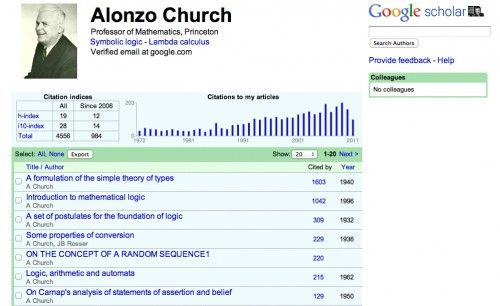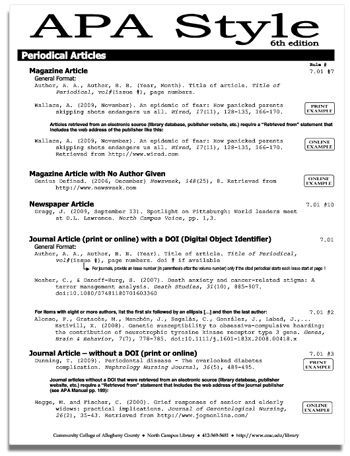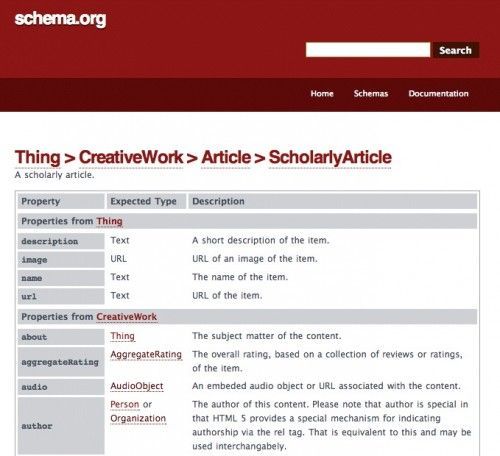
Last week Google Scholar announced a new feature on the Google Scholar Blog: Google Scholar Citations. The stated purpose of this tool is to allow researchers to calculate their citation metrics, e.g. their Hirsch index (H-index). This is an interesting new service, that not only helps with calculating citation metrics, but also shows you who is citing your papers – a great discovery tool.


